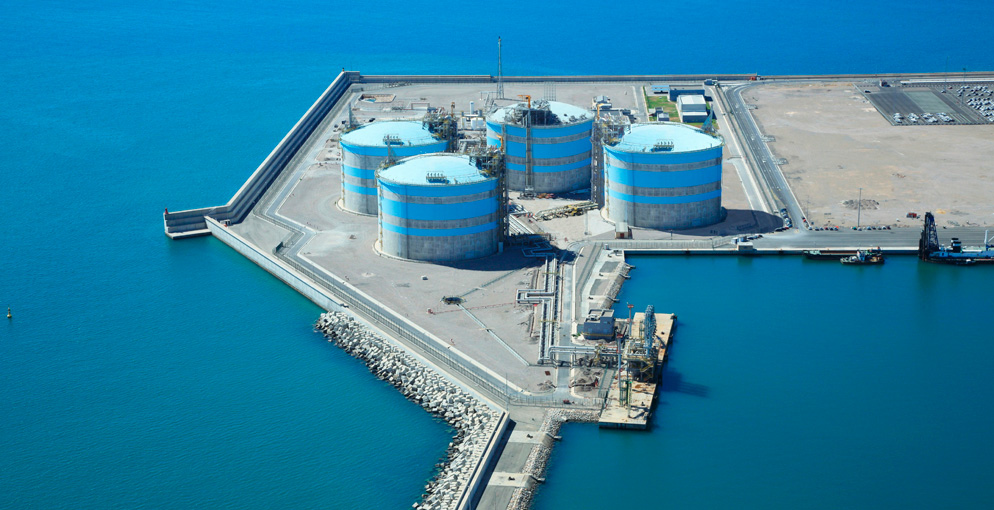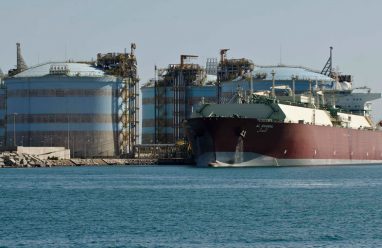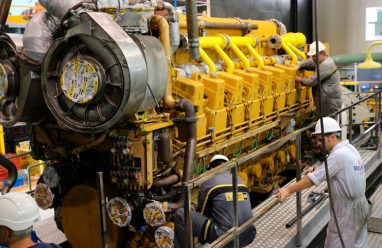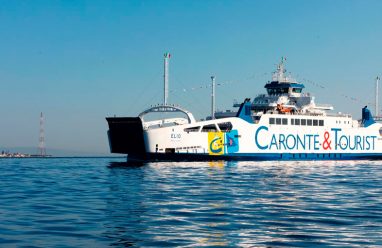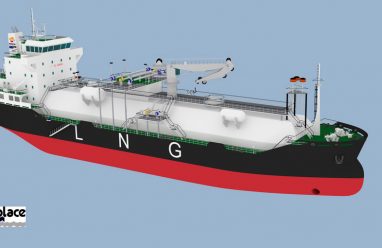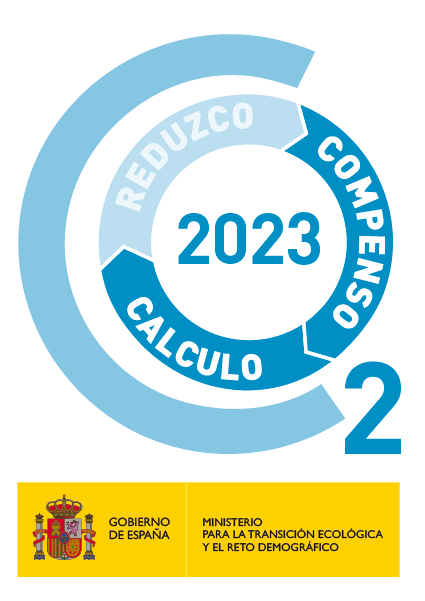The Directive 2014/94/EU of the European Parliament and of the Council of 22 October 2014 on the deployment of alternative fuels infrastructure defines a common framework of measures for the deployment of alternative fuels infrastructure in the European Union in order to minimise dependence on oil and to mitigate the environmental impact of transport. It sets out minimum requirements for the building-up of alternative fuels infrastructure to supply clean fuels for maritime transport and ports operations, gradually replacing the current coal and oil propulsion systems. In particular, the current European framework provides a window of opportunity for the deployment of the use of LNG as marine fuel. The transition towards using LNG as fuel for shipping requires the design of a whole LNG supply chain and ensuring the availability of LNG in a network of refuelling stations sufficiently broad for sea carriers to consider LNG as an option. Public intervention for stimulating implementation of such infrastructure is therefore necessary.
The overall objective of the Action “LNGHIVE2 Infrastructure and logistics solutions” is to enable the Iberian Peninsula to offer holistic solutions to the new requirements of the shipping and rail sectors.
The overall objective will be achieved by guaranteeing the LNG bunkering services availability, through five specific objectives.
The first specific objective is the adaptation of the only two LNG regasification plants in the Iberian peninsula which are not able yet to provide LNG to small bunkering barges, namely ENAGAS LNG plant in Huelva port (activity 1) and SAGGAS LNG plant in Valenciaport (activity 5).
The second specific objective is the building of an LNG station in the dry port of Sevilla (activity 4) to provide LNG supply services to LNG-fuelled trucks and to an LNG-fuelled train locomotive operating in a green freight corridor between Sevilla and Huelva.The third specific objective is the introduction of LNG fuel in a maritime-rail green corridor between the core maritime Port of Huelva and the dry port of Sevilla, by retrofitting a second-hand diesel-hauled locomotive to LNG (activity 3).
The fourth specific objective is the installation of a multi-truck to ship (MTTS) system to provide efficient LNG bunkering services in Huelva port (activity 2).
The fifth and last specific objective is the building of a new multi-bunkering barge (including LNG) that will provide LNG bunkering services in the Gibraltar Strait area and which will be loading LNG in the LNG plant in Huelva (activity 6).
The expected results of the project are the completion and launching of operations of the following works:
- Adaptation of LNG regasification plant in Huelva Port
- Multi-Truck To Ship system to provide LNG bunkering services in the Port of Huelva
- Retrofitting rail locomotive to LNG
- LNG station in dry port in Sevilla
- Adaptation of SAGGAS LNG regasification plant
- Newbuilding of a multi-bunkering barge to supply LNG and Heavy Fuel Oil (HFO)/Marine Diesel Oil (MDO)
Participants:
Enagás S.A., Autoridad Portuaria de Huelva, SAGGAS, RENFE, ADIF, Marflet Marine Internacional, Fundación Valenciaport

